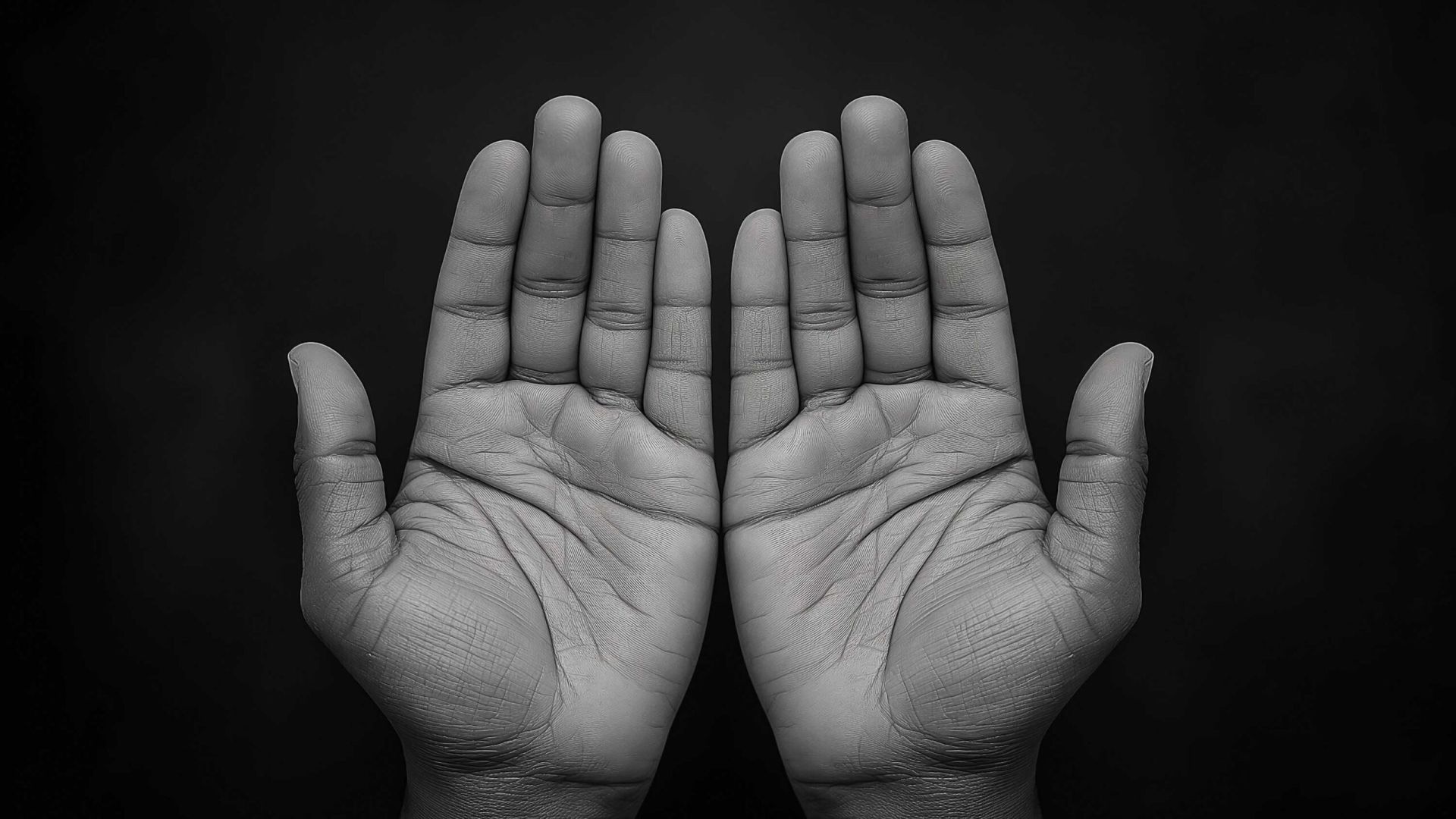Description of the Supererogatory Prayer Before ʿAsr
Shaykh Muḥammad ʿUmar Bazmūl


I say: The strongest argument is the one presented by Ishāq and it is supported by the narration transmitted by al-Nisāʿī, “He would say the taslīm (salutation) at the end of the Prayer.”
The optional Prayer of ‘ʿAṣr is to be prayed as four rak’ah with two tashahhud just like the other Prayers that consist of four rak’ah (e.g. Dhuhr). Tasleem should be made after completing four rak’ah. This prayer is to be performed before the ʿAṣr Prayer.
From ʿĀṣim Ibn Damrah as-Saloolee, who said: We asked ʿAlī about the supererogatory Prayers of Allāh’s Messenger (ṣallallāhu ʿalayhi wa-sallam) during the daytime, so he said, “You will not be able to carry it out.” So we said, “Inform us about it so that we can take from it what we are able.”
He said, “When Allāh’s Messenger (ṣallallāhu ʿalayhi wa-sallam) had prayed the Fajr Prayer he would wait a while, until when the sun was the same distance from here – meaning from the east – as it is here- meaning from the west, when the ‘ʿAṣr Prayer is prayed, then he would stand and pray two rak’ah. Then he would wait until the sun was the same distance in the direction of the east as it is at the Dhuhr Prayer (in the direction of the west),1 then he would pray four rak’ah; and four rak’ah before the Dhuhr Prayer- when the sun inclined away from the zenith, and two rak’ah after it; and four before the ʿAṣr. He would separate each two rak’ah with a salutation upon the Angels drawn close, the Prophets and whoever follows them from the Muslims and Believers. ʿAlī said: These are the sixteen supererogatory rak’ah that the Messenger of Allāh (ṣallallāhu ʿalayhi wa-sallam) used to observe in one day; and very few people can be consistent with them.” Related by al-Tirmidhī and Ibn Mājah.
In a narration reported by Sūrah al-Nisāʾ’ee:
“Allāh’s Messenger (ṣallallāhu ʿalayhi wa-sallam) used to pray two rak’ah when the sun inclined,2 and four rak’ah before the middle of the day, making the salutation at its end”3
Abū ʿĪsá al-Tirmidhī (d. 274H) said,
“The ḥadīth narrated by ʿAlī is ḥasan (sound). Ishāq Ibn Ibrāhīm took the position that the four rak’ah before ‘ʿAṣr should be performed as one Prayer without splitting them into pairs, and he used this ḥadīth as a proof. Ishāq said, ‘He would offer taslīm after each pair of rak’ah,’ is referring to the tashahhud. Whereas, al-Shāfiʿī and Aḥmad believed that the Prayers of the day and night should be offered in pairs. They held that the four rak’ah before ʿAṣr should be prayed as pairs and taslīm (salutation) should be said at the end of each pair.”4
I say: The strongest argument is the one presented by Ishāq and it is supported by the narration transmitted by Sūrah al-Nisāʾ’ee, “He would say the taslīm (salutation) at the end of the Prayer.”
If the taslīm in the narration, ‘He would offer taslīm after each pair of rak’ah by sending greetings upon the Angels drawn close, Prophets and Messenger…’ is understood to mean that he exited the Prayer, then it would be compulsory upon the individual praying to intend to leave the prayer at this point; and it has never been reported in any of Islamic texts that the Prayer is finished in this fashion.
This proves that the sentence ‘He would offer the taslīm after each pair of rak’ah by sending greetings upon the chosen angels, Prophets and Messenger …” is referring to the tashahhud, especially when it has been authentically related upon the Prophet (ṣallallāhu ʿalayhi wa-sallam) that during the tashahhud he would send greetings upon every righteous servant that lives upon the earth and in the heavens.5
Based upon this, the supererogatory Sunnah Prayer of ʿAṣr is an exception to the general ḥadīth, “The Prayers offered during the day and the night are to be observed in pairs.”
This shows that the Messenger (ṣallallāhu ʿalayhi wa-sallam) would pray these four rak’ah before ʿAṣr. So – by the will of Allāh – it is correct to consider this Prayer as being one of the supererogatory Sunnah Prayers, as it is authentically recorded that the Prophet (ṣallallāhu ʿalayhi wa-sallam) spoke about and performed this Prayer.
And Allāh is the grantor of success.
An excerpt from the book, “A Description of the Regular Sunnah Prayers – A Way of Building Your Home in Paradise”, translated by Ḥasan Ṣumālī. Available at the TROIDStore.
Endnotes:
[1] Translator’s Note: Tuhfatul-Ahwaadhee
[2] Translator’s Note: In the version of Sunan al-Nasāʿī printed with the notes, at-Ta’leeqaatus-Salafīyyah (1/591) the text of the ḥadīth has (حين ترتفع الشمس) ‘when the sun rose up’. Abū al-Tayyib al-Foojiyaanee said in his notes, “His saying, ‘When the sun rose up,’ and there occurs in some manuscripts, ‘When it inclined.’
[3] This ḥadīth is ḥasan (sound). It has been reported by al-Tirmidhī (no. 598), Sūrah al-Nisāʾ’ee (2/119-120) and Ibn Mājah (no.1161).
[4] Refer to Sunan al-Tirmidhī (2/294-295).
[5] Translator’s Note: The Messenger of Allāh (ṣallallāhu ʿalayhi wa-sallam) said, “When one of you sits in the Prayer then let him say, ‘All glorification, Prayer and pure words are due to Allāh, peace be upon you O Prophet, and the mercy of Allāh and His blessings. Peace be upon us, and upon the righteous slaves of Allāh.’ For when one says that, it includes every righteous slave in the heavens and the earth…” Related by al-Bukhārī (2/3110) and Muslim (1/298)
Most Popular: Last 30 Days















